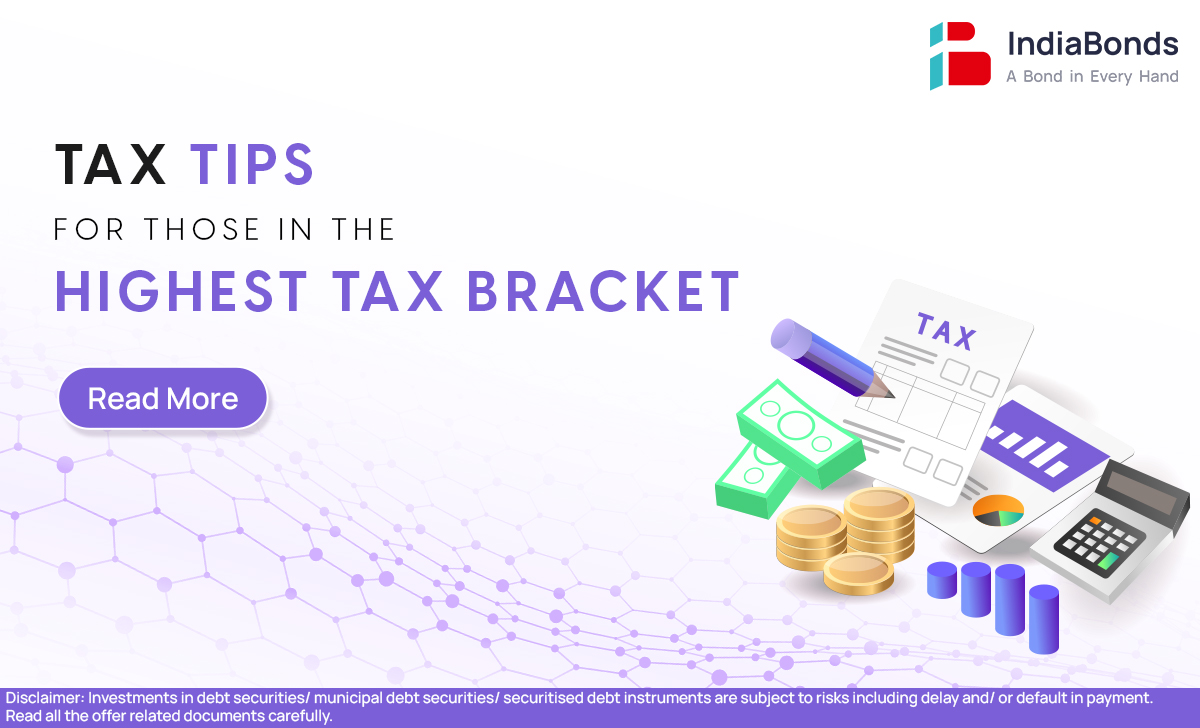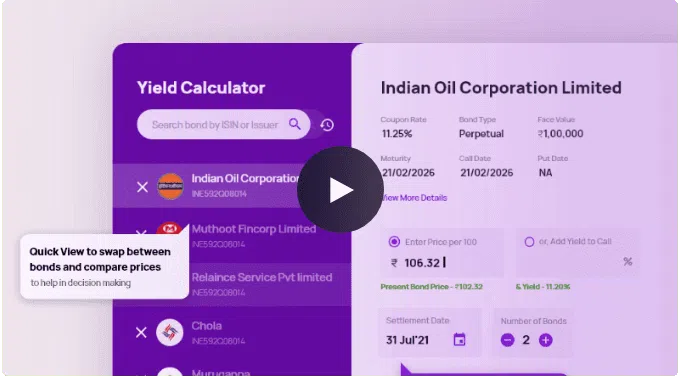Tax Tips For Those In The Highest Tax Bracket

Let’s be honest — earning more feels great… until tax season rolls around.
If you’re in the highest tax bracket, chances are you’re paying 30% (or more) of your income in taxes. And after looking at your salary slip or final profit sheet, you’ve probably asked yourself, “Why am I working this hard if a third of it just disappears?”
The good news? You’re not stuck. There are smart, legal ways to reduce how much tax you pay — without juggling shady loopholes or complicated jargon. This guide is all about simplifying tax for high-income earners, and giving you real, actionable tax tips you can use right away.
Understanding Your Tax Situation
Here’s the deal. India has a progressive income tax system — meaning the more you earn, the higher the percentage of tax you pay.
If you earn over ₹15 lakh annually (under the new tax regime), you’re officially in the highest tax bracket, which comes with a 30% tax rate. Now throw in cess and surcharge, and your total tax can climb over 35%. That’s a big bite out of your income.
But instead of stressing, it’s smarter to start asking: What part of my income is being taxed the most? Is there a better way to structure this? That’s where planning comes in.
Effective Tax Strategies for High-Income Earners
Let’s be real — most people in this bracket already know about 80C, but the trick lies in combining multiple strategies. Here are some practical tax tips you can actually use:
- Use the full ₹1.5 lakh deduction under Section 80C
This can include ELSS mutual funds, PPF, EPF, term insurance, or even your kid’s tuition fees. Don’t leave this money on the table. - Get an extra ₹50,000 off with NPS
The National Pension System gives you a bonus deduction under Section 80CCD(1B). It’s tax-saving and helps you build a retirement fund. - HRA or Home Loan? Choose smartly
If you’re renting, claim House Rent Allowance. If you have a home loan, you can claim interest payments up to ₹2 lakhs. - Health insurance saves money and taxes
Premiums paid for your family — including parents — can get you deductions up to ₹75,000 under Section 80D. - Old or New Tax Regime? Run the math every year
Don’t blindly choose one — your deductions, lifestyle, and income structure change. Some years, the old regime might actually save you more.
Navigating State Income Tax
Most people think income tax is only a central thing. But depending on where you live or where you earn, state-level charges like professional tax, stamp duty on property, or municipal levies can quietly impact your money.
Let’s say you’re based in Maharashtra but have rental income from a property in Tamil Nadu — you’ll need to consider local taxes too. If you run a business or freelance across states, this becomes even more important. Small state-level costs can add up fast.
Real Estate and Property Taxes
Real estate isn’t just about wealth building — it’s also a handy tax-saving tool if used right.
- Sold a property? You can save on capital gains
Invest the profit in 54EC bonds (within 6 months of sale) and you can avoid paying tax on your gains. - Renting out a property? Use the 30% standard deduction
Plus, claim municipal taxes and interest on any home loan. That’s a lot of tax relief right there. - Consider joint ownership
Buying property with your spouse or parents? That lets you split the rental income and tax liability between two people. Smart, right?
Advanced Tax-Saving Strategies
Now, if your income is really high or comes from multiple sources — salary, business, investments — you need next-level strategies. Here are a few ideas:
- Open an HUF (Hindu Undivided Family)
This gives you a separate tax identity. Perfect for families with ancestral income or joint investments. - Offset your profits with losses
If your stocks or mutual funds did well, check for investments that aren’t performing. Selling those at a loss can offset your gains and reduce taxes. - Choose investments that give better post-tax returns
Tax-free bonds, ULIPs (if premium is below ₹2.5L/year), or certain debt funds can be smarter in the long run. - Handle ESOPs or bonuses wisely
Don’t sell your employee stock options all in one go. Spreading them across financial years can keep your tax bill under control. - Earning abroad? Claim DTAA benefits
If you’re working with foreign clients or have overseas investments, make sure you’re not paying tax twice. India has agreements with several countries to help you avoid this.
FAQ
1. How to avoid top tax bracket?
You can’t avoid it completely if your income is high — but you can bring down your taxable income. Use smart deductions, spread out large earnings, and restructure income when possible.
2. How can I get 9.5 lakhs zero tax?
It’s possible under the old regime. Use deductions like ₹1.5L (80C), ₹50K (NPS), ₹50K (standard deduction), and ₹25K–₹75K (health insurance). With proper planning, you can bring your tax liability close to zero.
3. What income puts you in the highest tax bracket?
If your income is over ₹15 lakh a year (under the new regime), you fall into the 30% tax bracket — India’s highest.
4. Who has to pay 30% tax in India?
Anyone earning above ₹15L (new regime) or ₹10L (old regime) pays 30% tax. Add cess and surcharge, and your effective rate goes higher.
Conclusion
Here’s the bottom line: If you’re in the highest tax bracket, you’re already winning financially. But that doesn’t mean you have to lose out during tax season.
Think of taxes like a game. The rules are there — but if you learn how to play smart, you’ll come out ahead. Use these tax tips, lean into deductions, and talk to a professional when needed.
Because in the end, earning more is great — but keeping more is even better.
Disclaimer : Investments in debt securities/ municipal debt securities/ securitised debt instruments are subject to risks including delay and/ or default in payment. Read all the offer related documents carefully.


















Indiabonds | 5 min

Indiabonds | 5 min
















